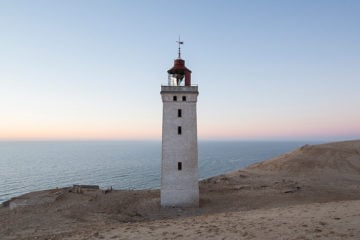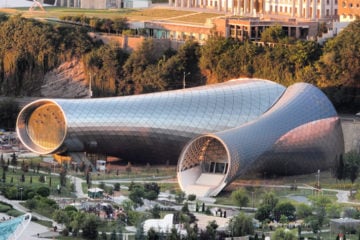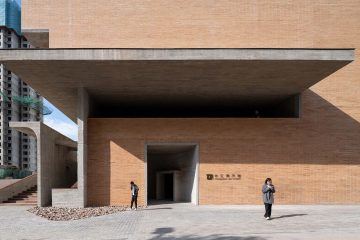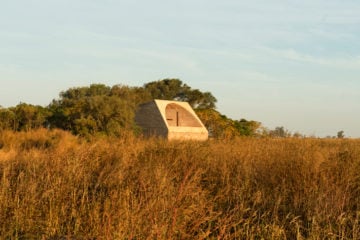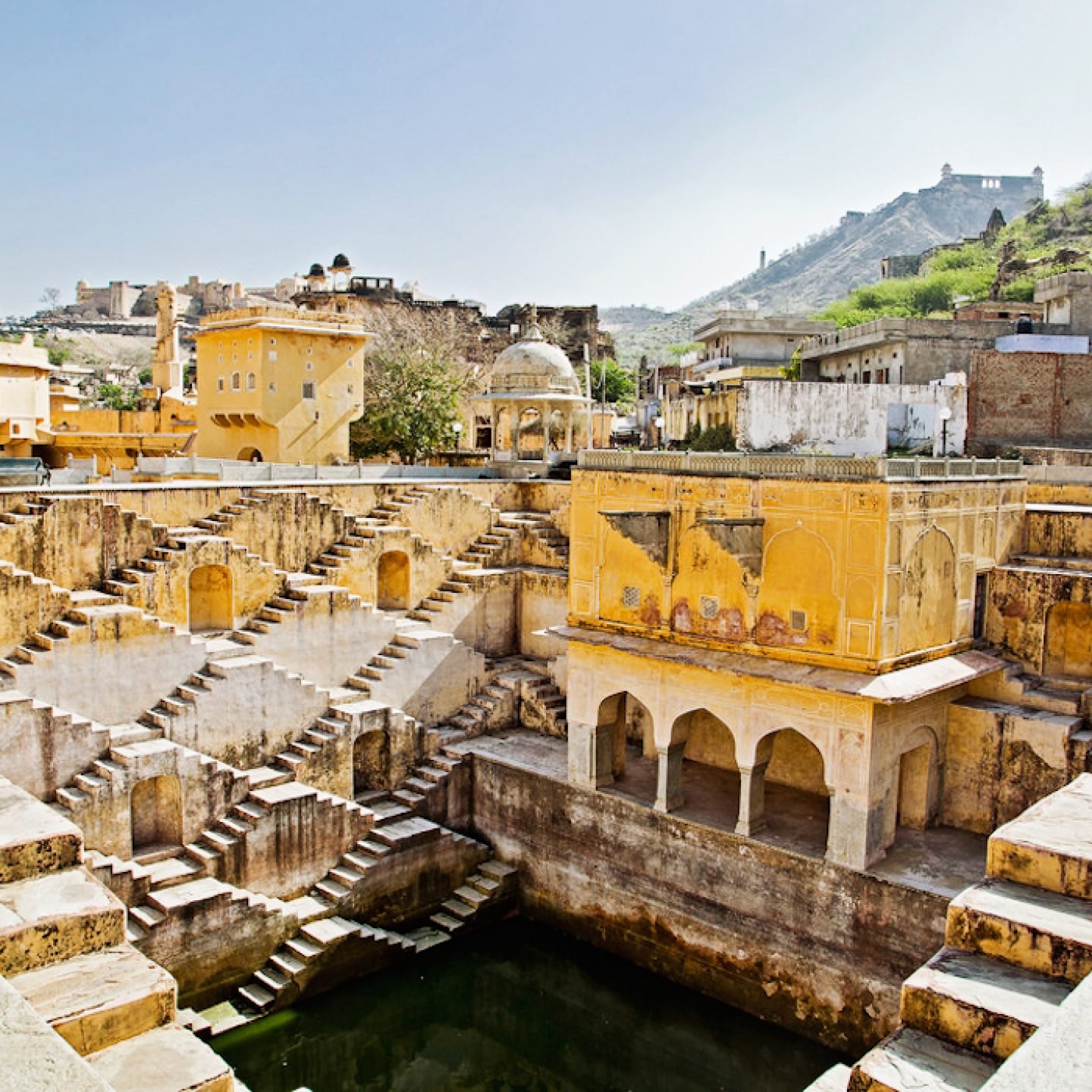
Our 10 Favorite Ancient Indian Stepwells
- Words
- Anna Dorothea Ker
Water source, meeting place, architectural wonder: The ancient Indian stepwell – a man-made, subterranean well also known as ‘vav’ or ‘baori’ – has been capturing the imagination of pilgrims and travelers for centuries.
Admired for their astonishing intricate and often symmetric designs as well as their significance in Hindi culture as a sacred place for water collection, bathing and meditation, the earliest stepwells date back to around 550 AD. During medieval times, over 3,000 were built in the northern states of India. Today, however, many these ancient relics have been largely forgotten, and now languish in a state of decay. We were inspired by the documentation of Chicago-based adventure journalist, Victoria Lautman, to pay tribute to 10 stepwells that caught our eye.
_
Mahila Bag Jhalra, Jodhpur, Rajasthan
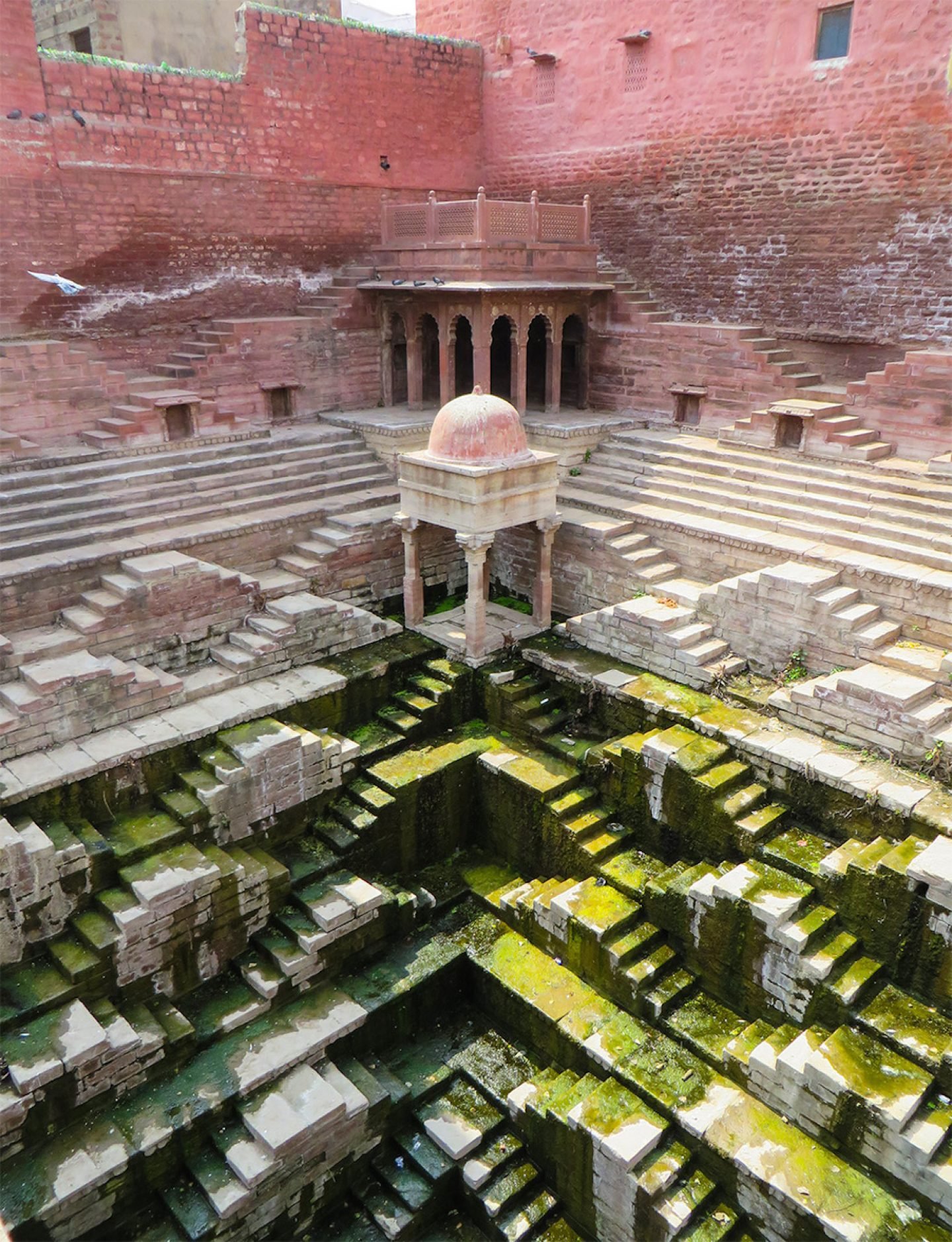
Image © Victoria S. Lautman
_
Helical Vav, Champaner, Gujarat
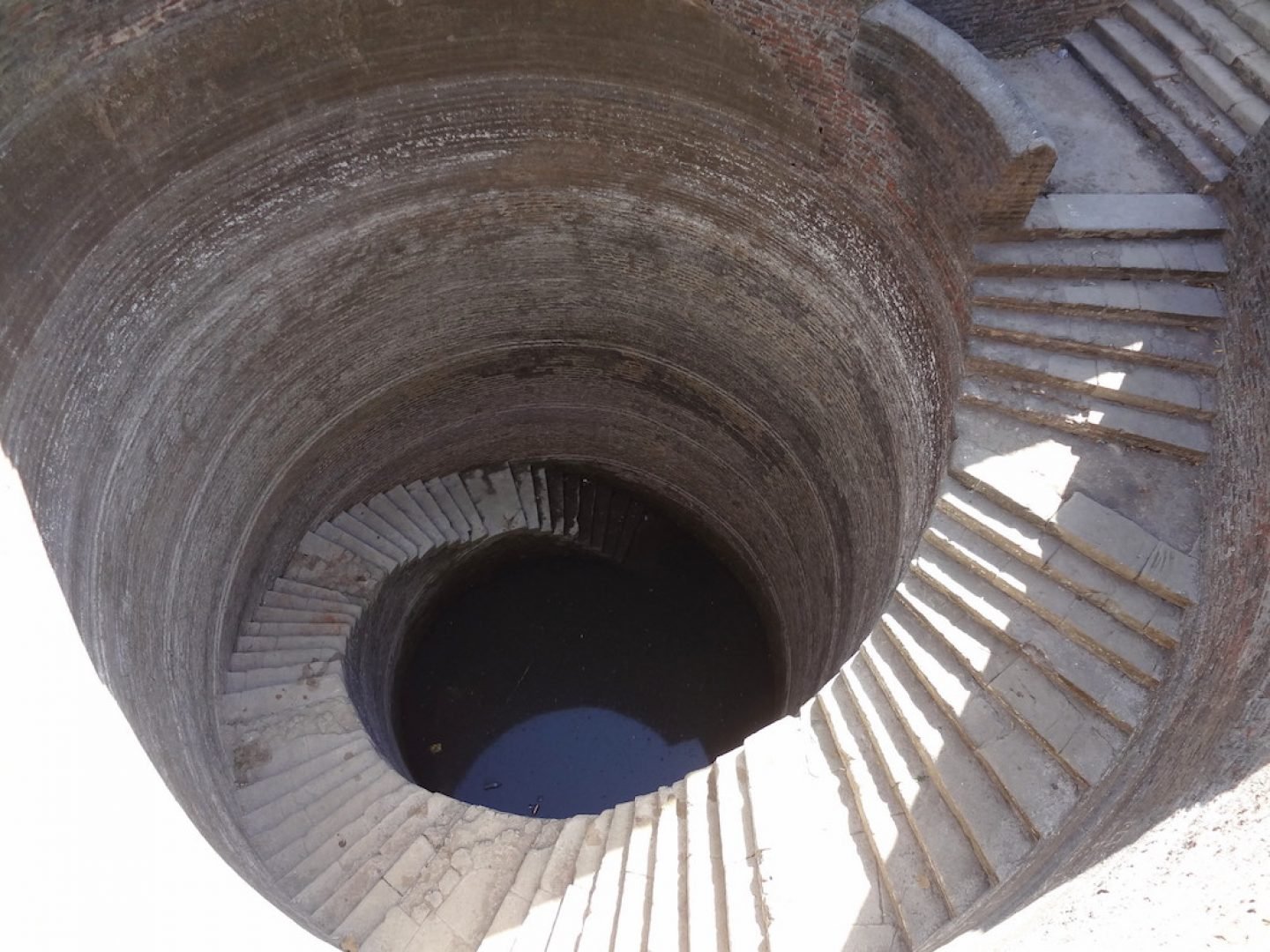
Image © Victoria S. Lautman
_
Panna Meena ka Kund, Jaipur, Rajasthan
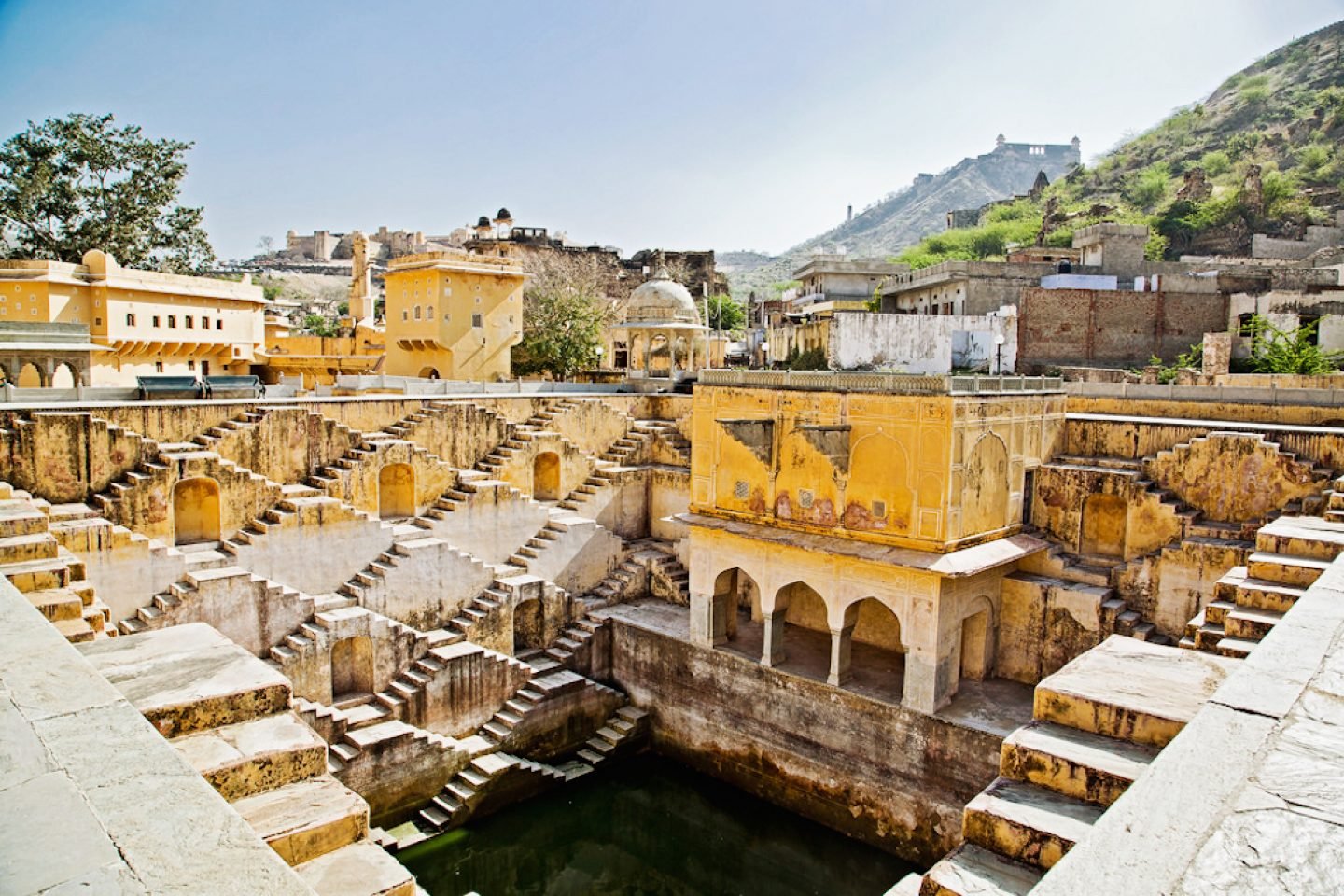
Image © Grete Howard
_
Chand Baori, Abhaneri, Rajasthan
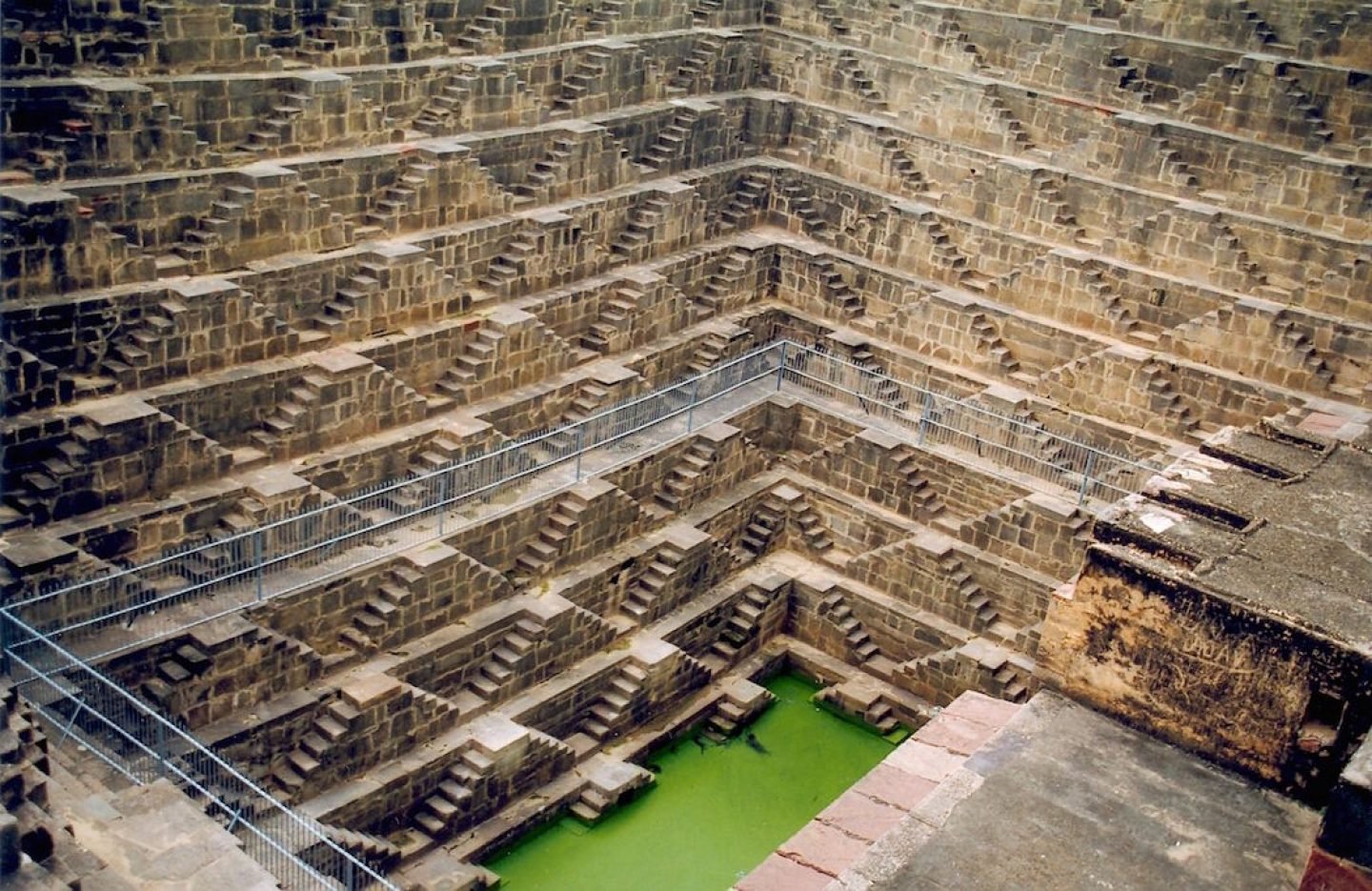
Photo © Wikimedia Commons
_
Rudabai Vav, Adalaj, Gujarat
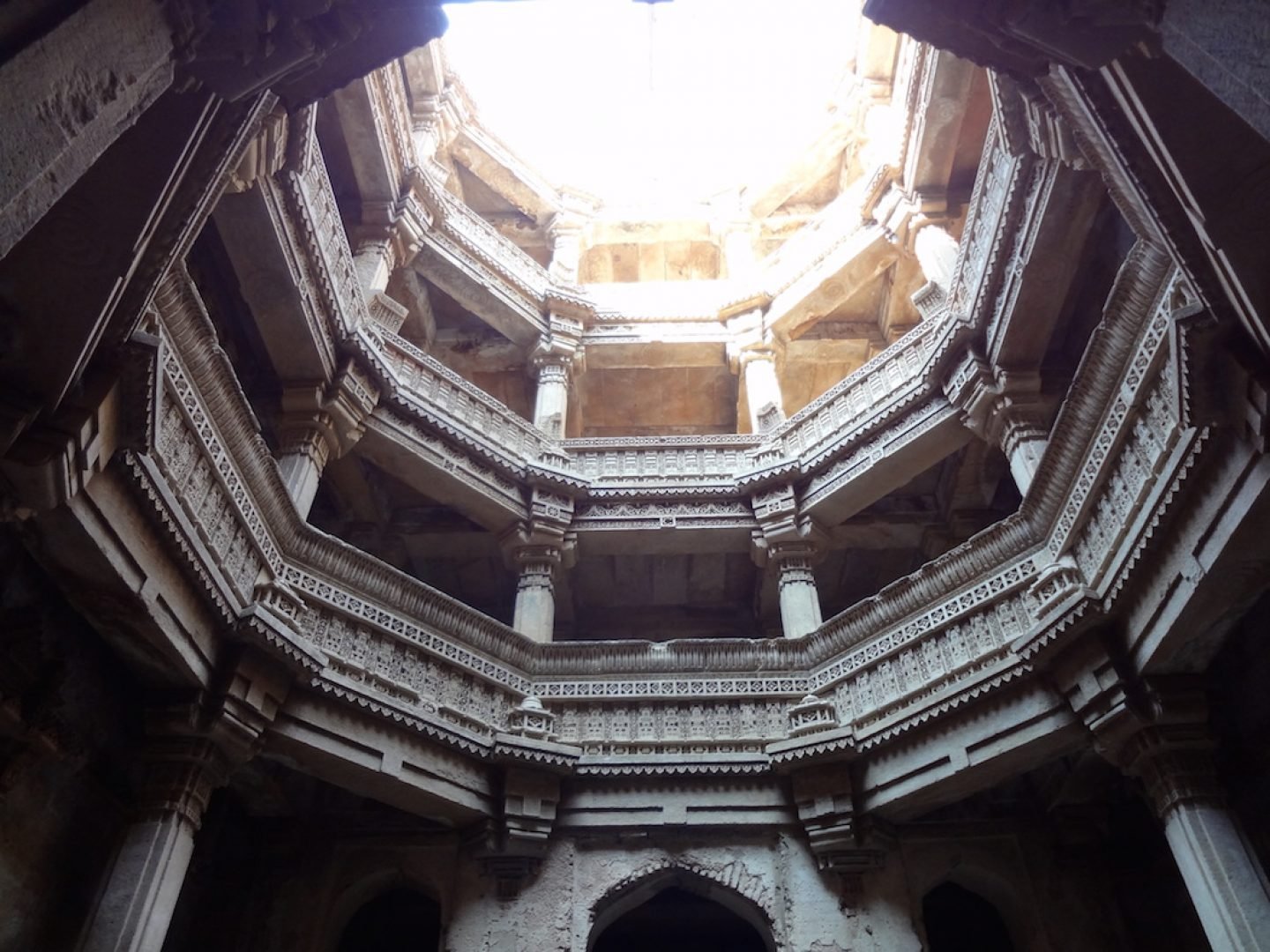
Image © Victoria S. Lautman
_
Agrasen Ki Baoli, Delhi
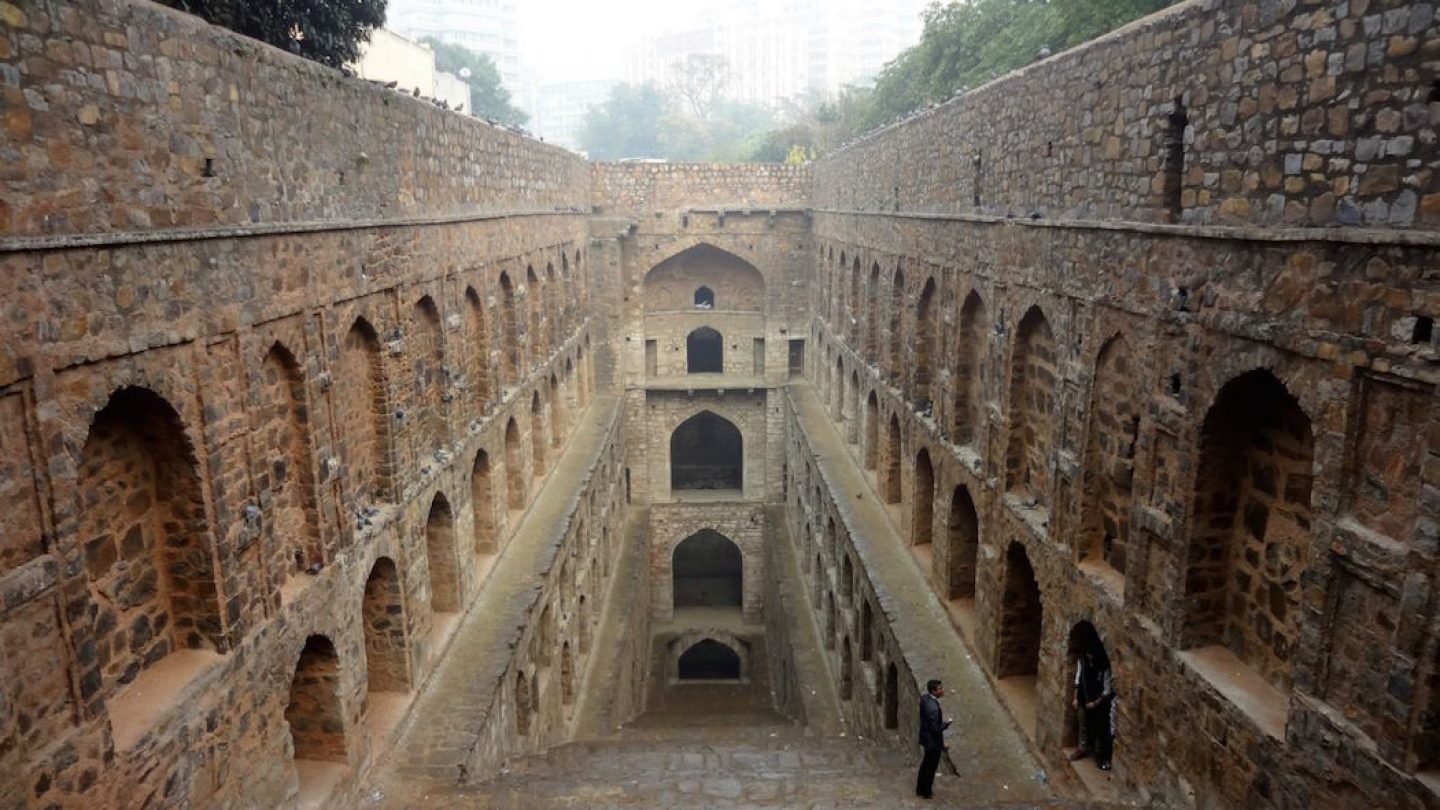
Image © Victoria S. Lautman
_
Madha Vav, Wadhwan, Gujarat
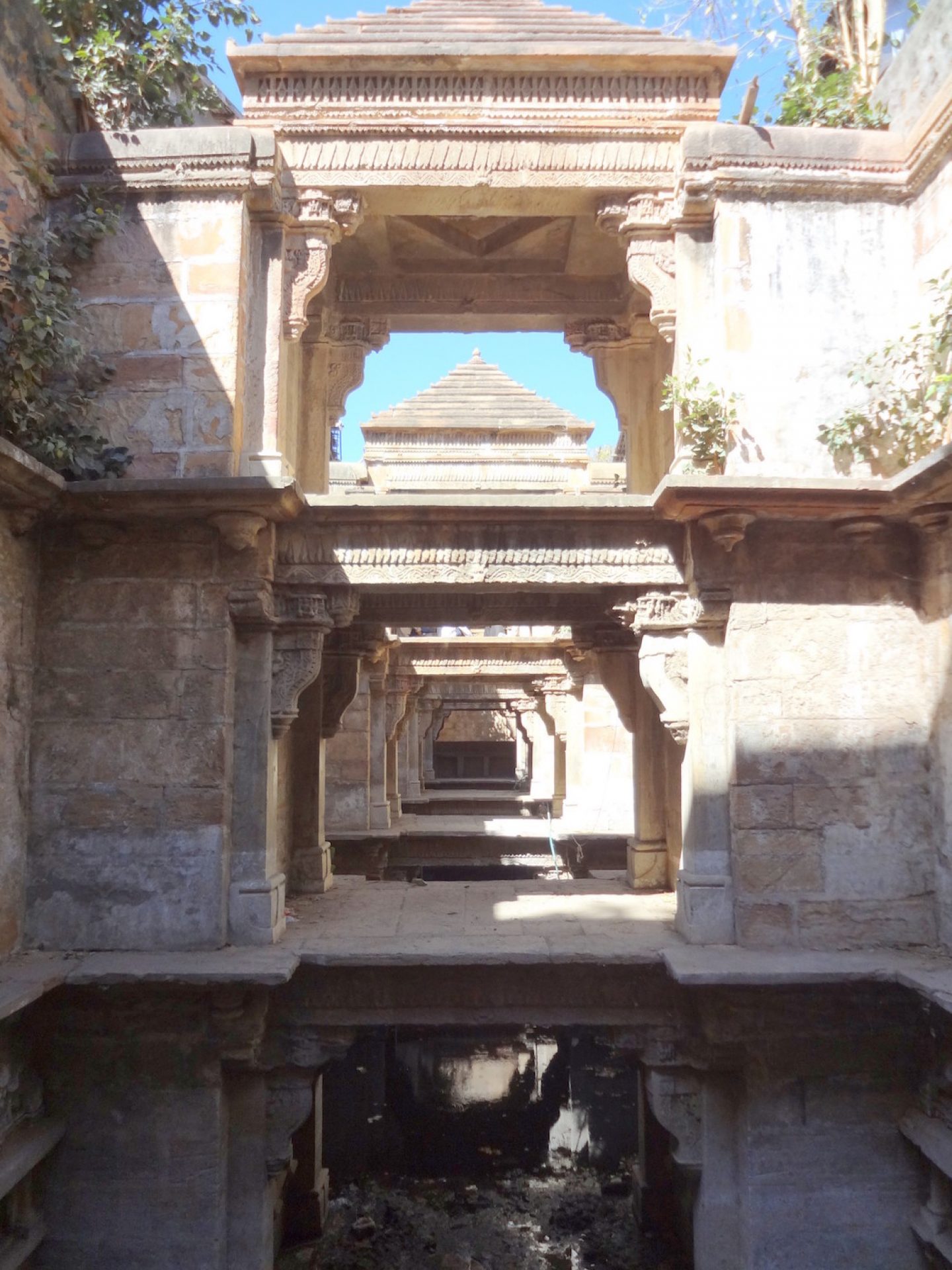
Image © Victoria S. Lautman
_
Rani ki Vav, Patan, Gujarat
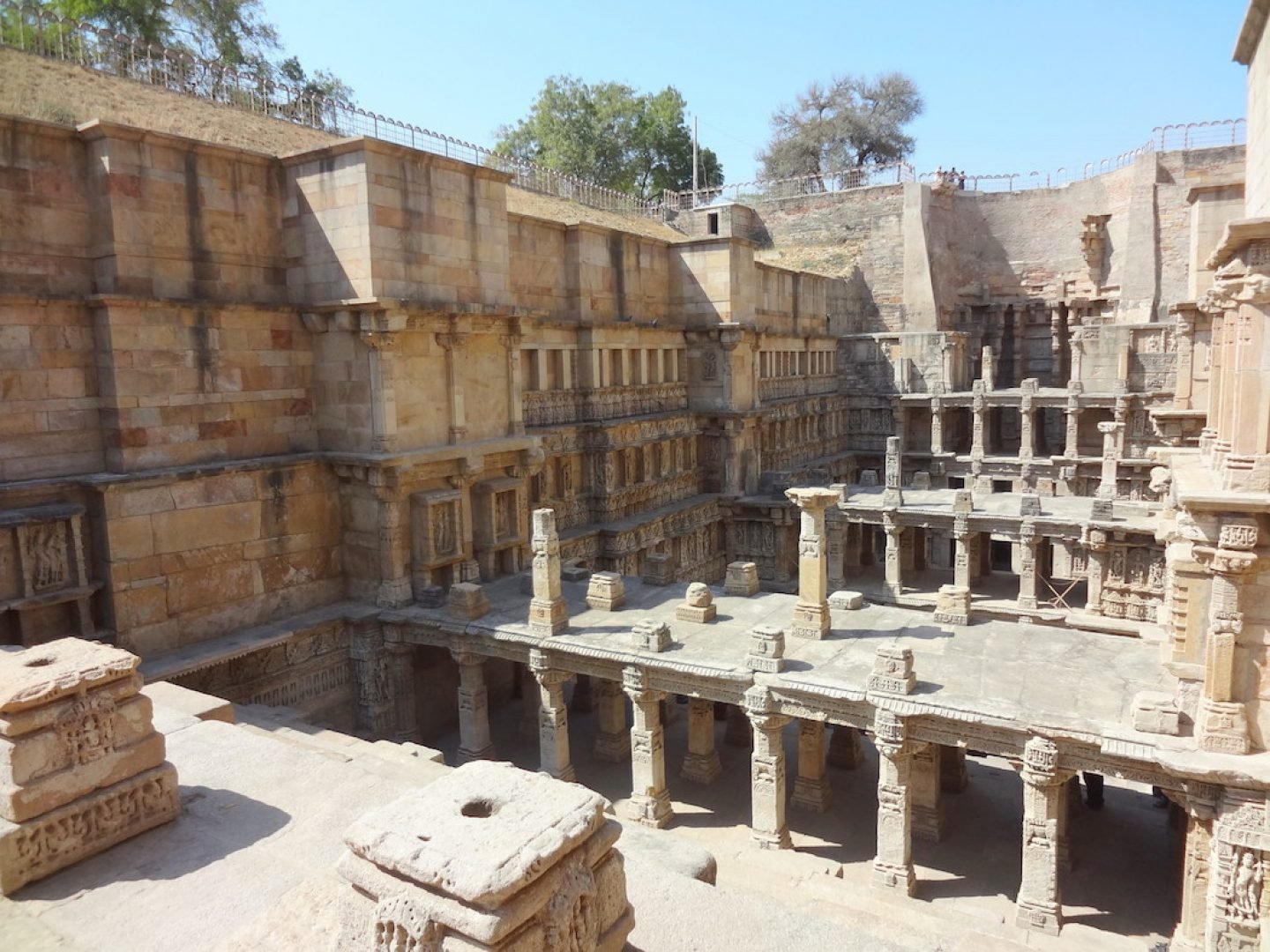
Image © Victoria S. Lautman
_
Bahadur Singh ki Vav, Patan, Gujarat
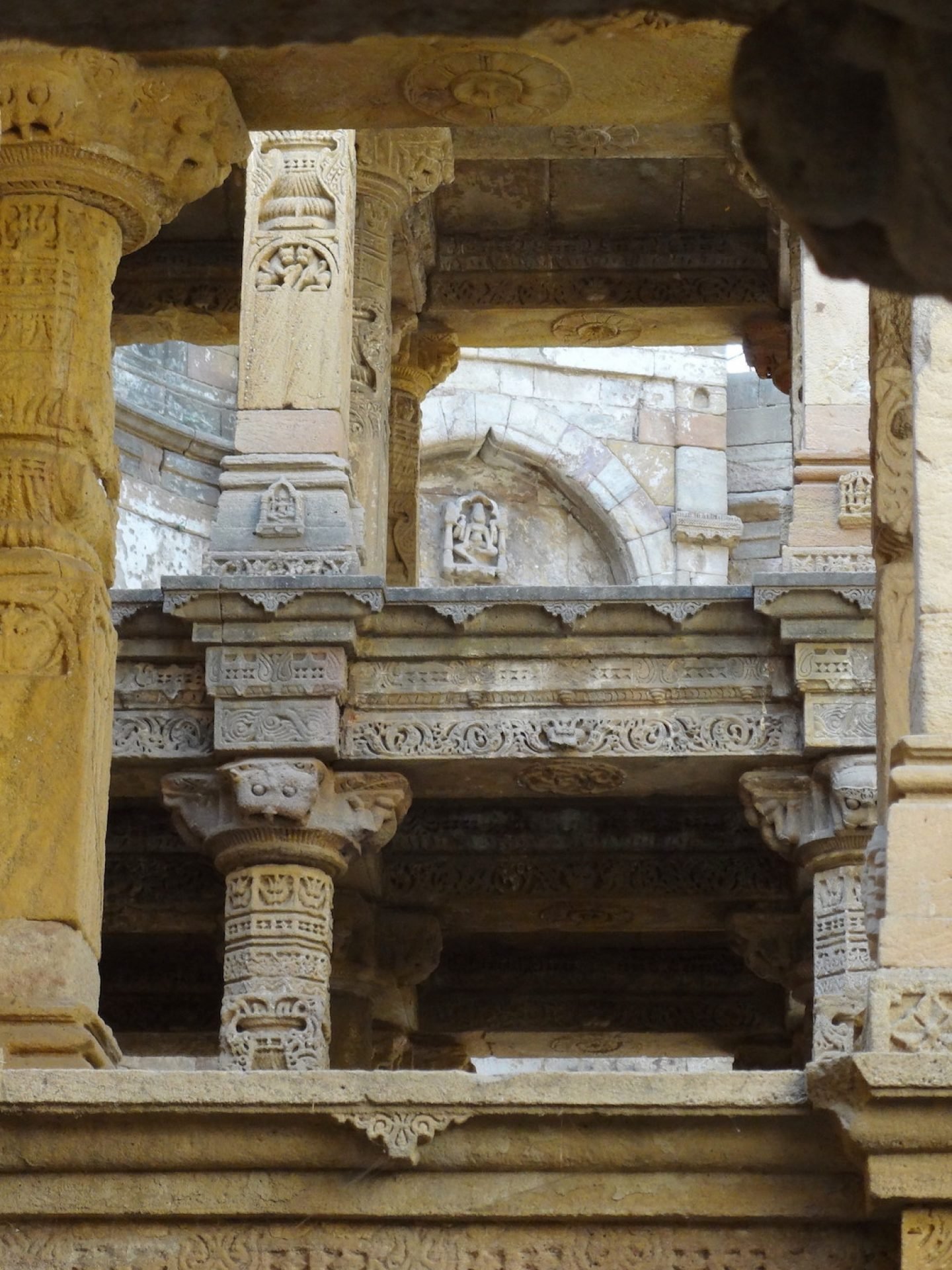
Image © Victoria S. Lautman

